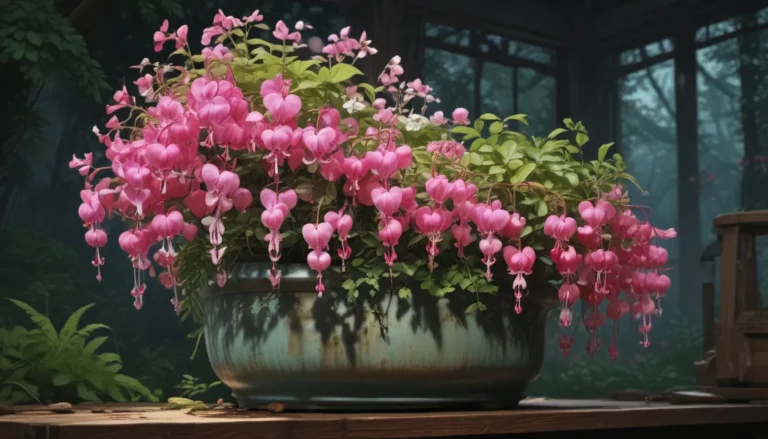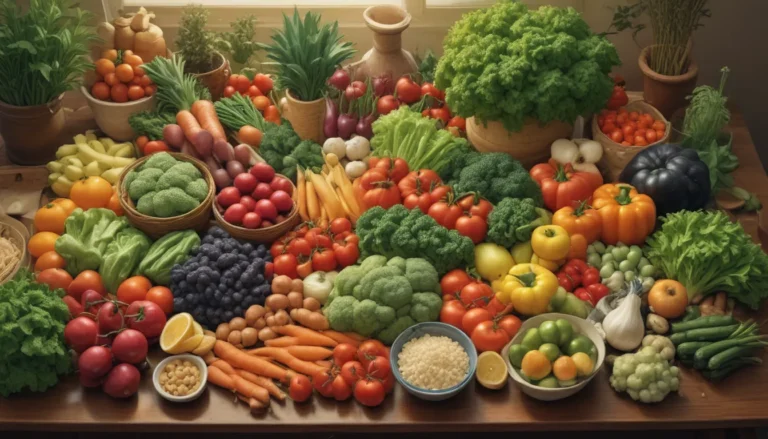Tips for Ensuring Your Clematis Blooms Successfully

Clematis plants are a favorite among gardeners for their beautiful floral displays. Whether you have deciduous or evergreen varieties, winter or summer bloomers, single or double flowers, the ultimate goal is to see those vines covered in colorful blossoms.
But what happens when your clematis fails to bloom as expected? There could be several reasons behind this disappointing outcome. In this detailed guide, we will explore five common issues that may cause your clematis vine to struggle in producing flowers, along with practical solutions to address them.
Understanding Clematis Blooming Patterns
Before we delve into the reasons why your clematis may not be blooming, let’s first understand the different blooming patterns of these plants. Clematis are classified into three groups – Group I, II, and III – based on their blooming habits.
- Group I: Clematis in this category bloom early in the season on the previous year’s growth.
- Group II: These plants flower later than Group I on both the previous year’s growth and new growth.
- Group III: Plants in this group bloom last in the season on the current year’s growth.
Identifying the type of clematis you have is crucial for proper care and pruning, as different groups require specific maintenance techniques to encourage flowering.
1. Age
One common reason why your clematis vine may fail to bloom is its age. Young plants, especially those belonging to Group I or II, may take a few years to establish themselves and start producing flowers. It’s essential to be patient and provide proper care and maintenance until the plant matures.
If you have a mature clematis that has not bloomed even after several years, it may be a sign of an underlying issue. In such cases, consider replacing the plant if all other conditions are optimal but flowering still does not occur.
2. Hot Roots
Clematis plants require cool roots to thrive and bloom successfully. Soil temperatures above 65°F can hinder flower production and may even stunt the growth of the plant. To ensure your clematis has the right conditions for flowering, monitor the soil temperature and provide adequate shade or protection for the roots.
Consider planting shallow-rooted ground covers or using light-colored rocks as mulch to maintain cool soil temperatures around the base of the vine. This simple adjustment can make a significant difference in promoting healthy flower growth.
3. Pruning at the Wrong Time
Pruning clematis can be a confusing task, especially with different pruning groups requiring specific approaches. Group I plants should be pruned minimally after the first bloom, while Group II and III varieties have different pruning requirements based on their flowering habits.
Ensure you understand the pruning group of your clematis and follow the appropriate pruning guidelines to avoid interrupting the blooming cycle. Over-pruning can delay or reduce flower production, so practice caution when trimming your vines to maintain their health and vigor.
4. Too Much Shade
While clematis plants benefit from cool roots, they also require ample sunlight to bloom abundantly. Lack of sunlight can inhibit flower production and result in sparse or no blooms. If your clematis is not receiving at least six hours of sunlight daily, consider relocating it to a sunnier spot to encourage better flowering.
Regularly monitor the sunlight exposure of your plants and trim any surrounding vegetation that may be shading them excessively. Providing adequate sun exposure is essential for promoting healthy growth and flowering in clematis vines.
5. Nutrition Problems
Proper nutrition is vital for clematis plants to produce vibrant blooms. These plants require regular feeding with balanced fertilizers to maintain their energy levels and support flower development. Conduct a soil test to determine any nutrient deficiencies and adjust your fertilization schedule accordingly.
Using a balanced fertilizer with an N-P-K ratio of 10-10-10 is recommended for clematis to ensure they receive the essential nutrients for optimal growth. Regular feeding from spring until the end of the flowering season can help promote healthy blooms and overall plant health.
Conclusion: Achieving Blooms with Your Clematis
In conclusion, cultivating a thriving clematis vine that blooms abundantly requires careful attention to its specific needs and growing requirements. By addressing common issues such as age, root temperature, pruning practices, sunlight exposure, and nutrition, you can help your clematis reach its full blooming potential.
Remember to identify the pruning group of your clematis, monitor soil temperatures, provide adequate sunlight, and maintain proper nutrition to encourage healthy flower production. With the right care and attention, your clematis will reward you with a spectacular floral display season after season.
If you’re experiencing challenges with your clematis blooming, consider implementing the suggestions discussed in this guide and monitor the plant’s response. By following these tips and adapting your care routine as needed, you can enjoy a thriving and colorful clematis vine in your garden.
Additional Resources:
- How Long Does Clematis Bloom?
- How to Grow Clematis in Containers
- Guide to Clematis Winter Care: Protect Your Vines from Freezing and Frost
By following these tips and utilizing the resources available, you can enhance your clematis gardening skills and create a flourishing garden filled with beautiful blooms.
Remember, gardening is a journey, and each plant teaches us valuable lessons along the way. Embrace the learning process, stay curious, and enjoy the beauty of nature unfolding in your own backyard. Happy gardening!





